28 Years Later is an upcoming post-apocalyptic horror film directed by Danny Boyle with a budget of $75 million. Starring Cillian Murphy, the movie was shot on iPhone 15 Pro Max by cinematographer Anthony Dod Mantle. However, the rig seems to be ultra-expensive.
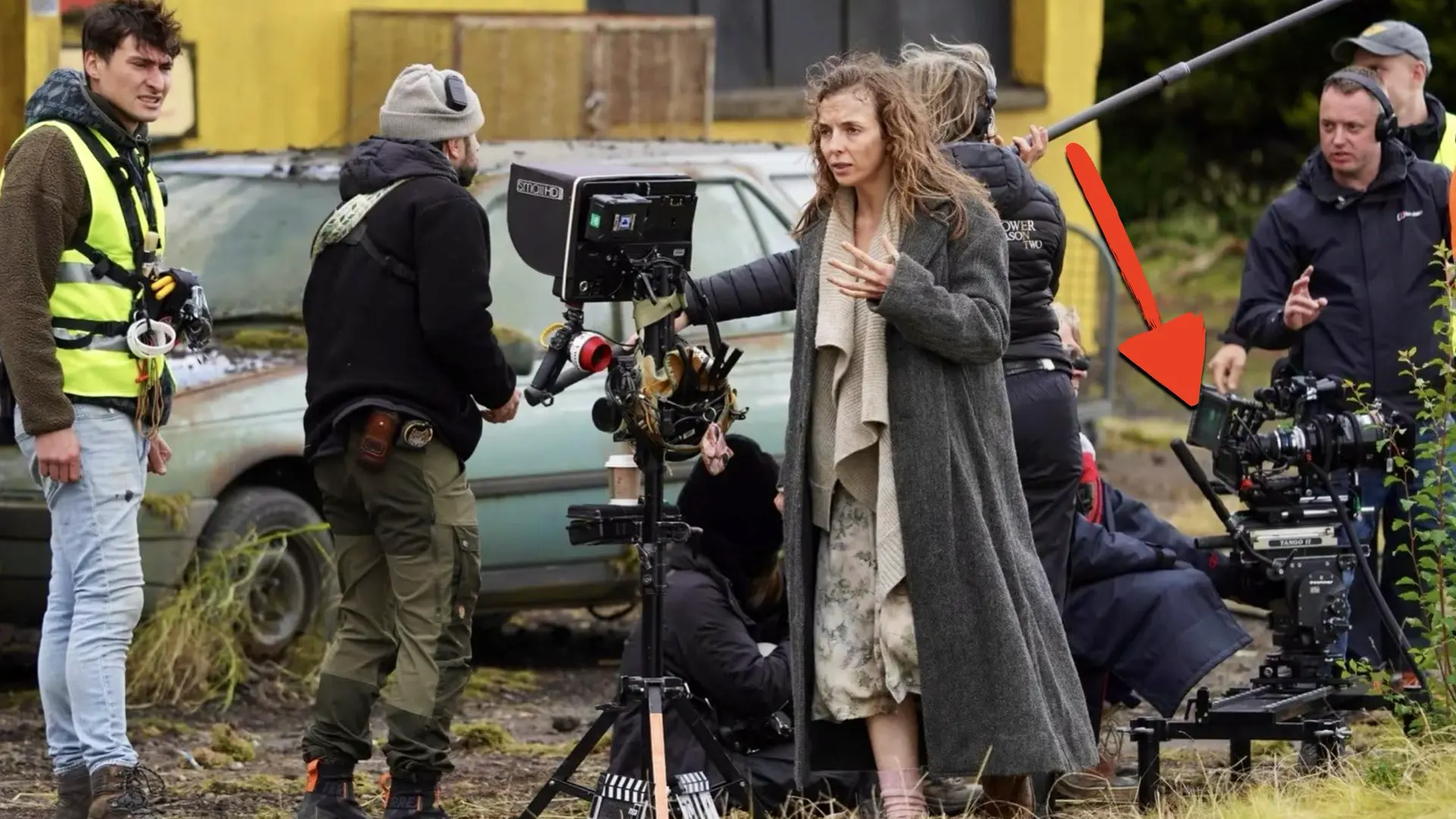
28 Years Later: Shot on iPhone
28 Years Later is an upcoming post-apocalyptic horror film directed by Danny Boyle, from a screenplay he co-wrote with Alex Garland. It is a sequel to 28 Days Later (2002) and 28 Weeks Later (2007), and the third installment overall in the 28 Days Later film series. Produced by Columbia Pictures in association with BFI, DNA Films, and Decibel Films, it marks the return of Boyle and Garland as director and writer after only acting as executive producers on the second film. Cillian Murphy reprises his role from 28 Days Later, starring alongside Aaron Taylor-Johnson, Jodie Comer, Ralph Fiennes, Jack O’Connell, Erin Kellyman, and Edvin Ryding. The main camera is the iPhone 15 Pro Max, as you can see in the BTS footage. But the rig is ultra-expensive.
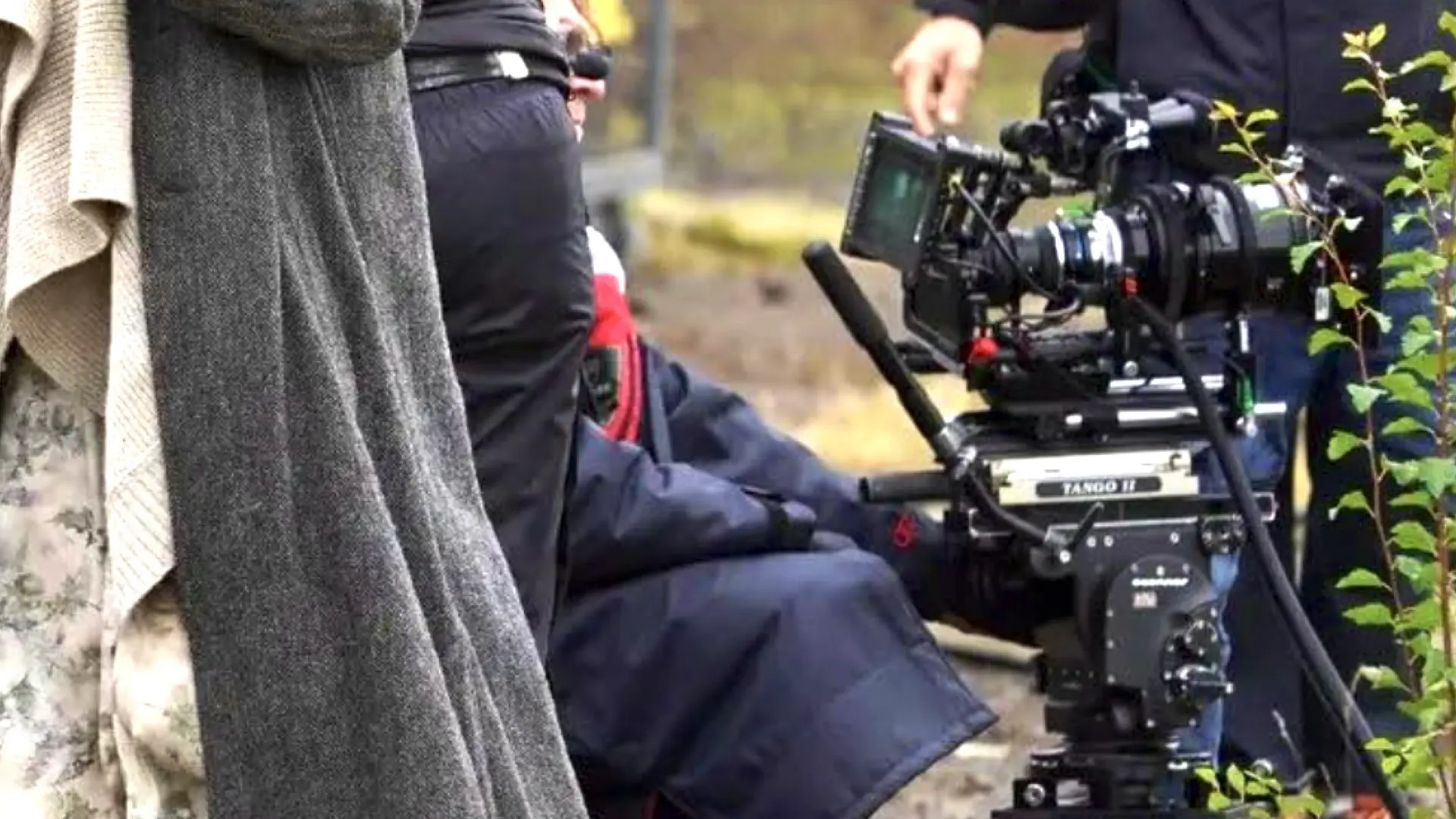
The largest movie ever filmed using a smartphone
’28 Years Later’ was filmed on an iPhone 15 Pro Max making history as the largest movie ever filmed using a smartphone. Principal photography began on May 7, 2024, in Northumberland, with Anthony Dod Mantle as the cinematographer. Filming wrapped on July 29. The film was shot using an iPhone 15 Pro Max. However, this was aided by many different, expensive attachments, very similar to what Apple did with the introduction of the iPhone 15 Pro Max (in the launching event Apple utilized a $20,000 rig paired with the iPhone 15 Pro Max). Hence, Danny Boyle joins top-notch directors who use smartphones to shoot expensive movies. We wrote before about Director Ridley Scott who shot an action film entirely on Galaxy S23 Ultra.
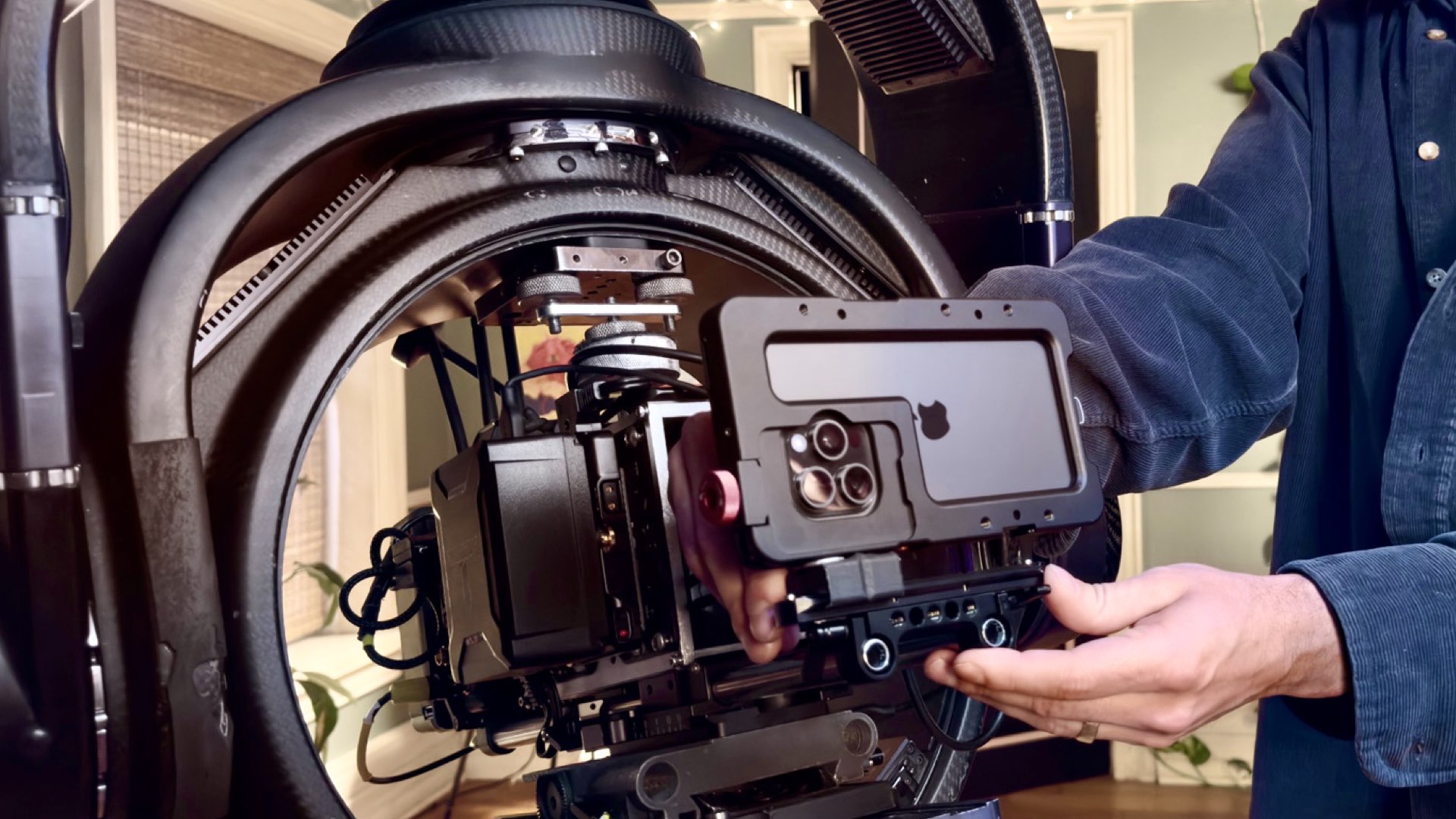
Nevertheless, this is the first time a blockbuster per definition has used a smartphone for the big screen. A marketing stunt by Apple? Or the true creative choice of a brave director? Anyway, let’s see how it goes in theaters. 28 Years Later is scheduled to be released in the United States and Canada by Sony Pictures Releasing on June 20, 2025.

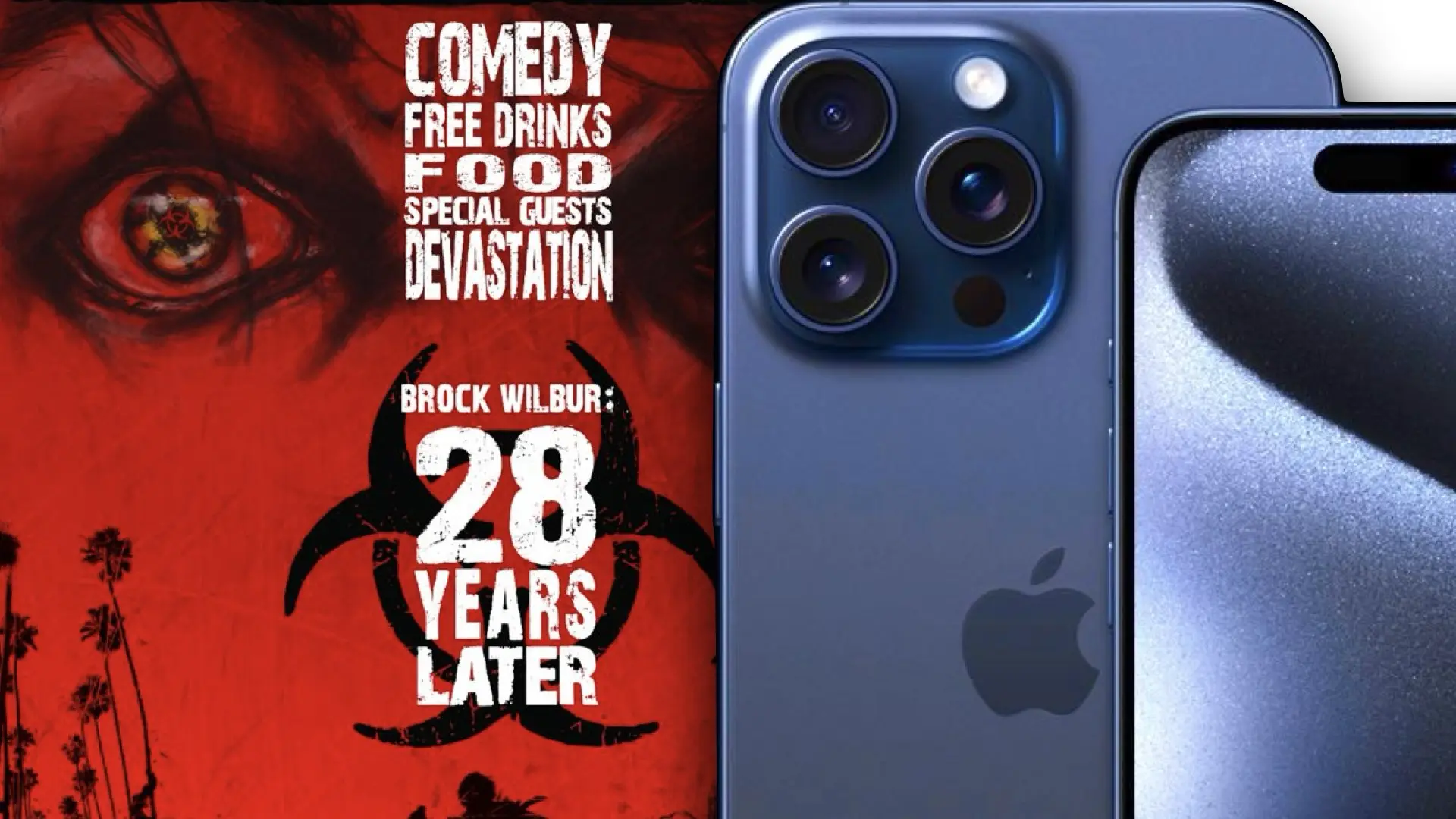
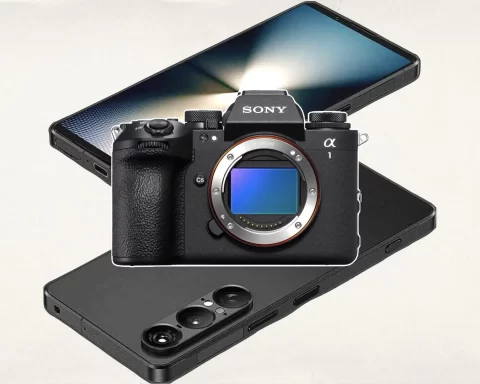
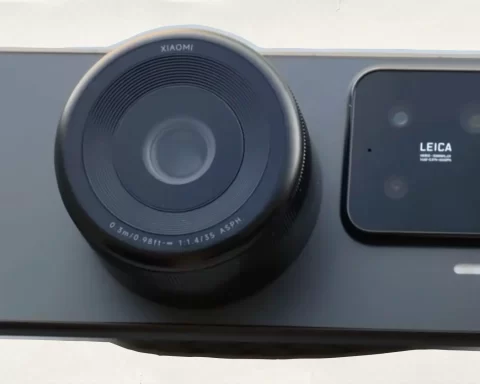
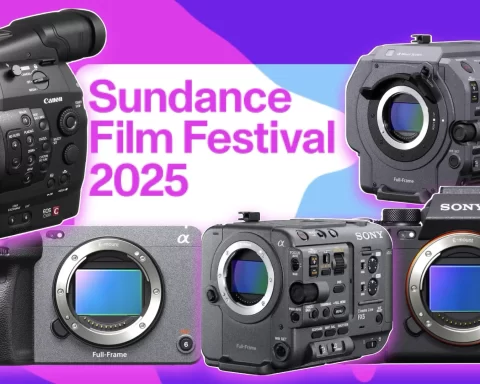
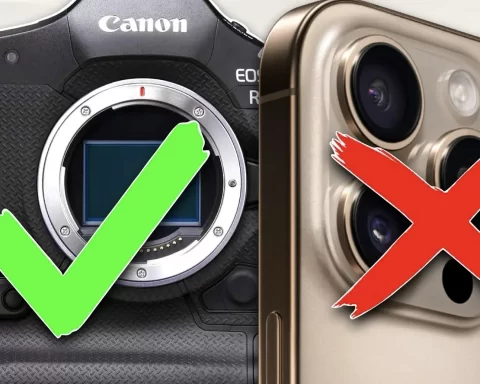
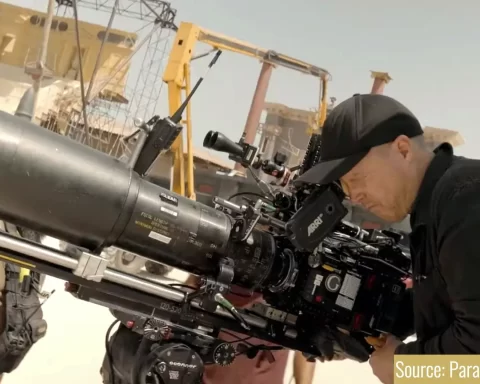
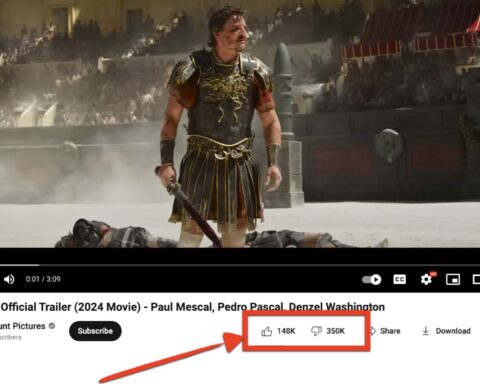

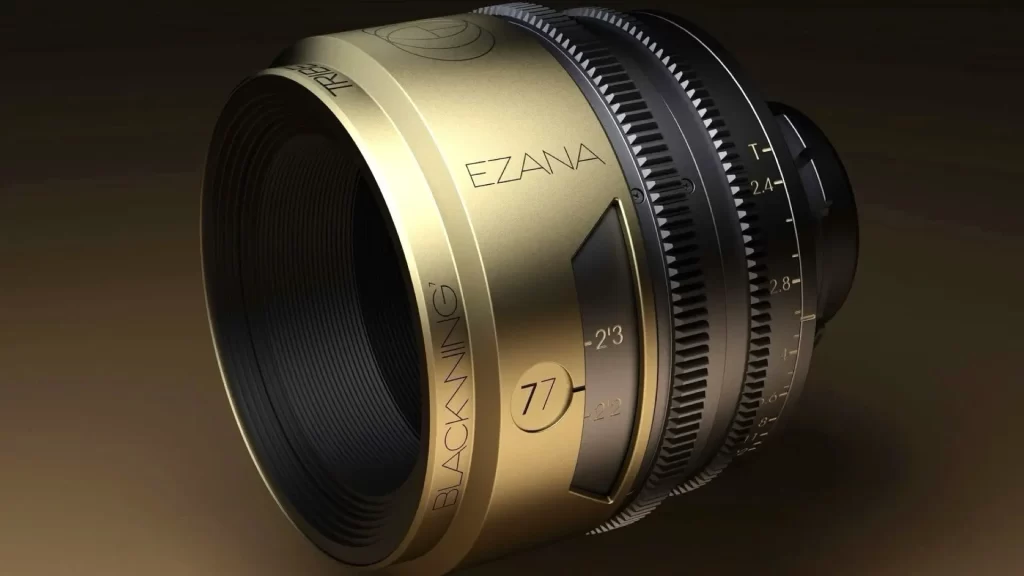
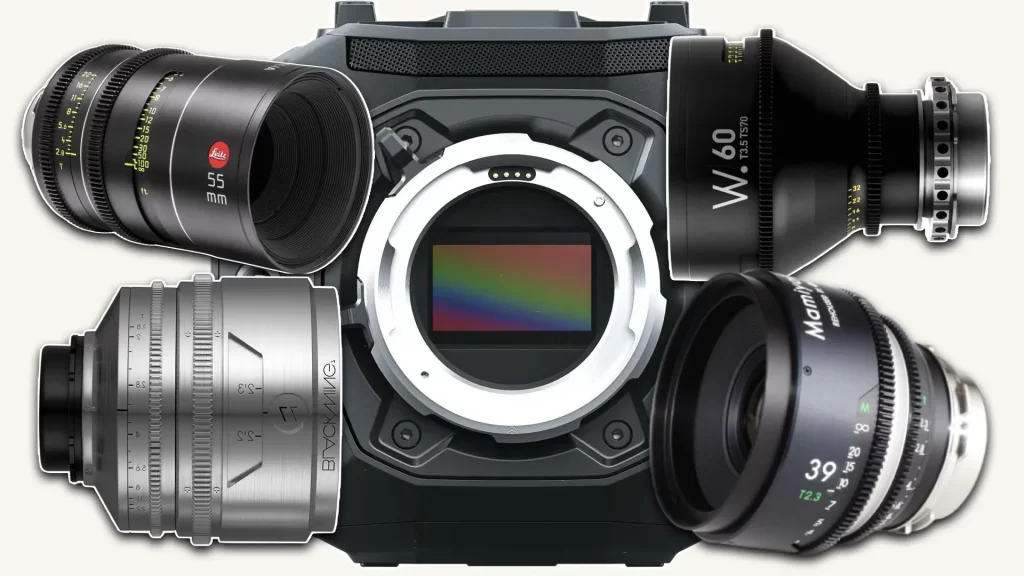
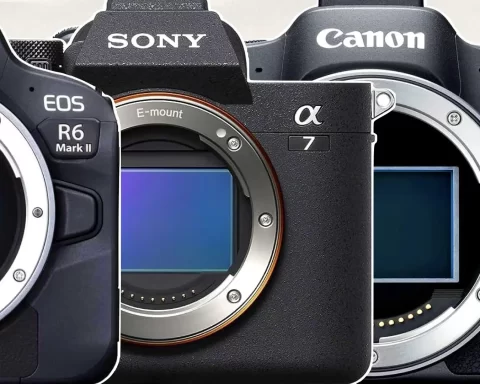
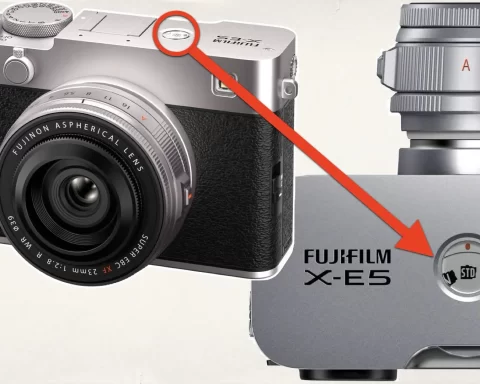
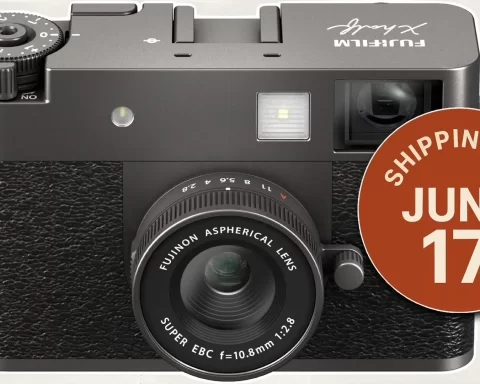
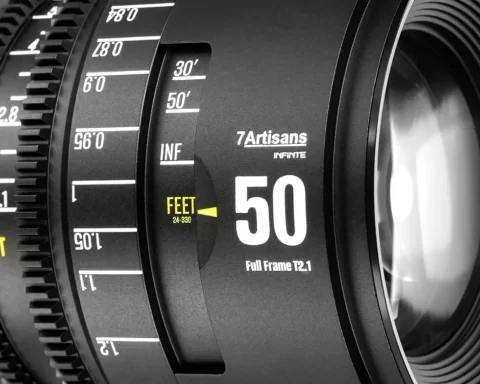
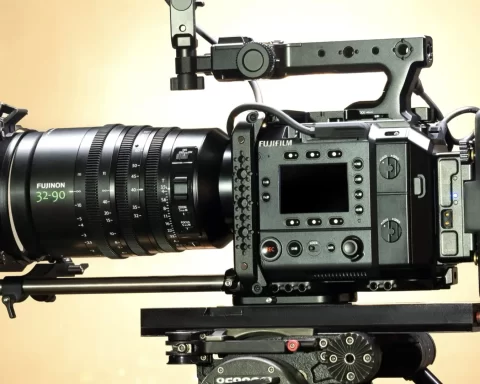
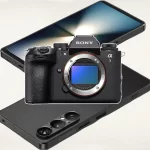
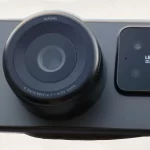
With all the hype, I’m a little surprised it’s not going to being shown in IMAX.
This is getting ridiculous. Such a large lens on a phone. Years ago, I was planning to put a ring of 4 to 5 sensors on a phone in proper medium format, using computational photography and upscaling through pixel overlap between the sensors. The latter one was to do the same in a film frame dimensioned thin flat camera. I knew guys who can make the processing chips low energy. Eventually as a transparent frame like a medium format film frame, using some special technologies. But I got so sick from physical neurological deterioration I had to stop, and my attempts to figure out the operators and circuits flow techniques for 10+ level computer logic, and whatever else I was trying to figure out at that stage.
Don’t compare it to the hydrogen phone, they only started thinking about it and the rest after I suggested it. It’s like things I suggest which people try to imitate… You need the original thinker there to steer the ship. This also goes with the camcorder (directors viewfinder camera suggestion) and projector, and dark light sensor pad noise reduction, the redone body format suggestion, the codecs. Whatever else I’ve forgotten over the decades. The company sold for the price it costs to make a descent sized bridge. You would think they were worth 10x by now. To really make that money, they needed to put Sony out of business across their camera equipment ranges. But where is even the Kraft camera?
All we really need is a phone with an arrangement of sensors, or sequenced lcd shuttered flat ring lense, or multiple light path lens array projecting to sensors. And some lighting when it gets really dark. You then have something the size of a phone with case, to replace much of that rig, for a few hundred dollars to a thousand dollars.
I had an ultra small cheap phone a few years ago, which was stolen, but the picture from the sensor was surprising once adjusted, and Alexa resolution. It made me think of what could be achieved with that sort of technology, at Alexa resolution. We are conning ourselves with 10x price phones attached to 30x+ bigger rigs, worth up to 100x more. If we think that is a budget camera for budget filming.
BMD, remains one of the only camera companies to half follow my old suggestions, and are exceeding others.